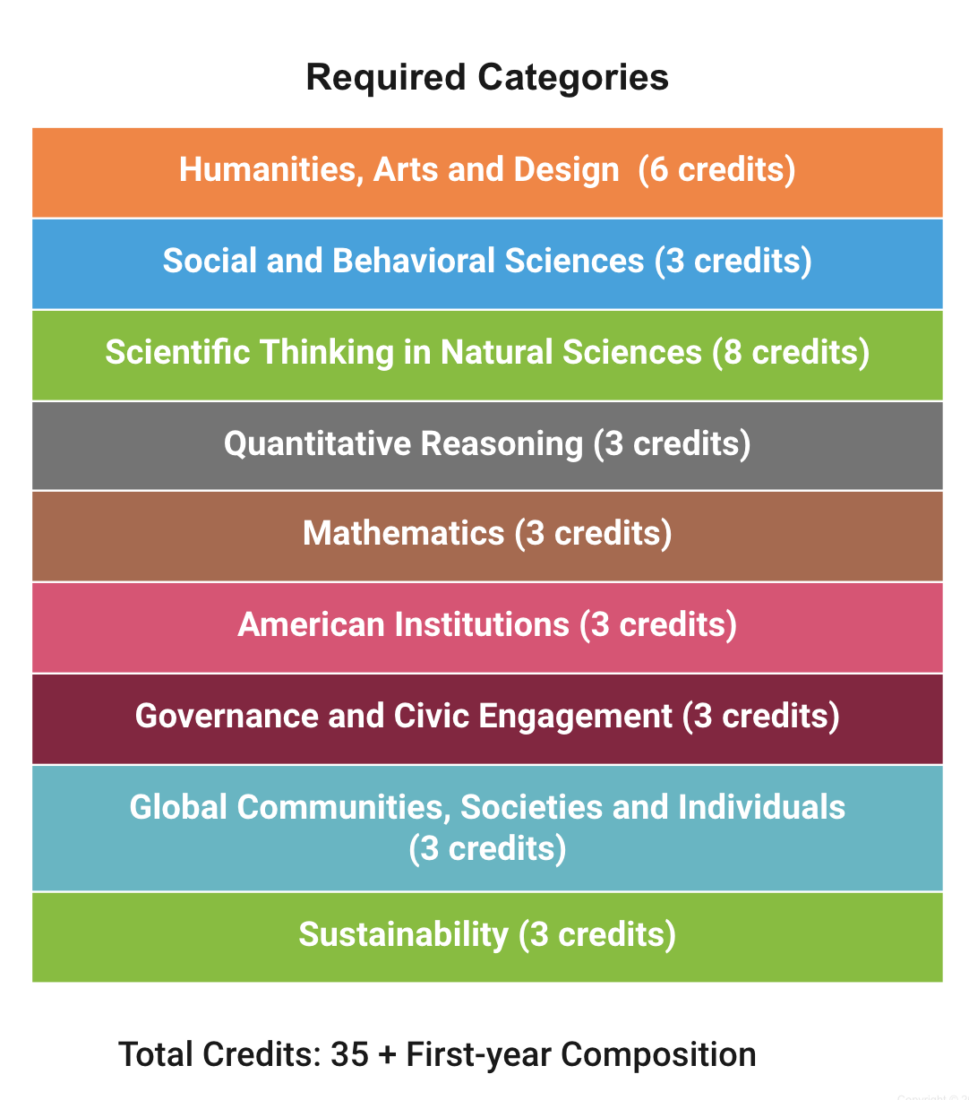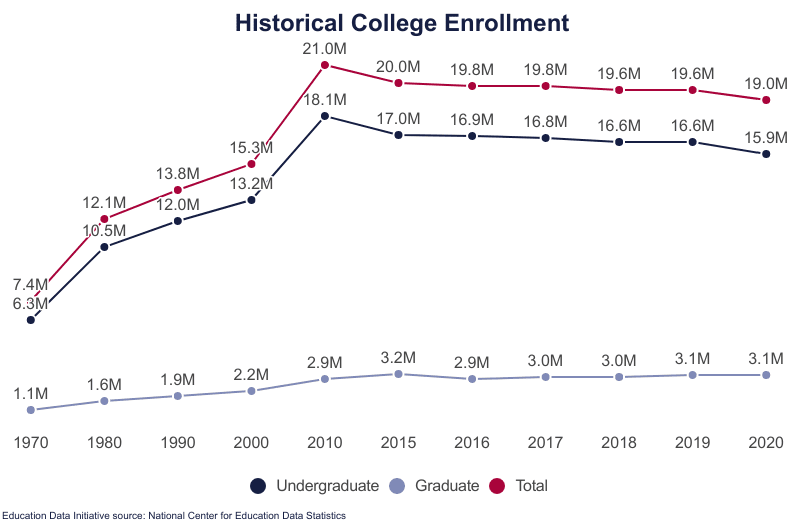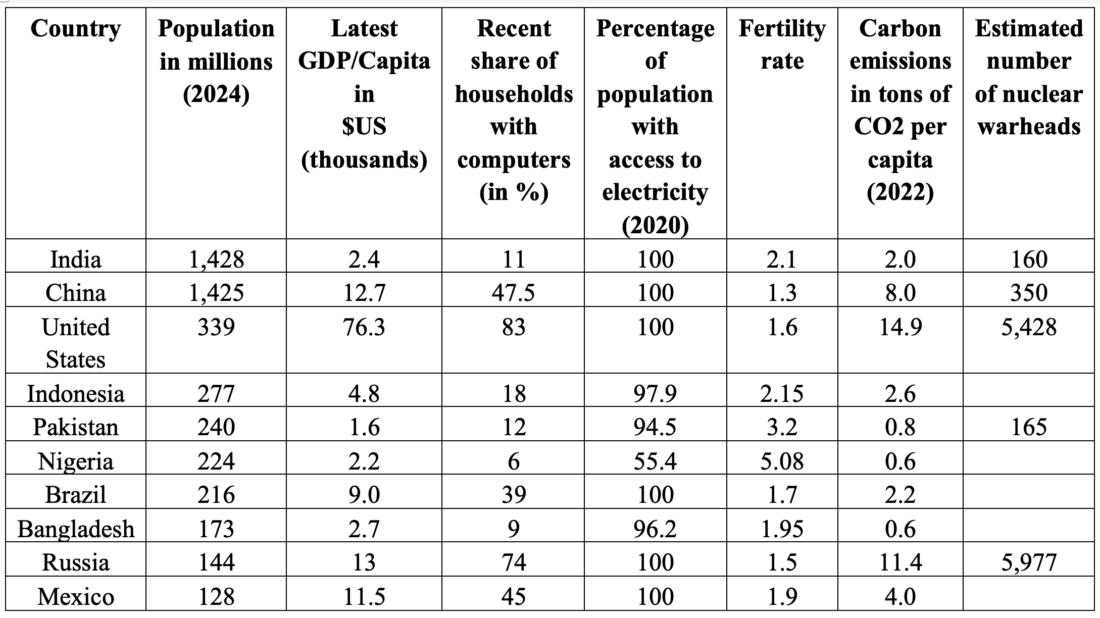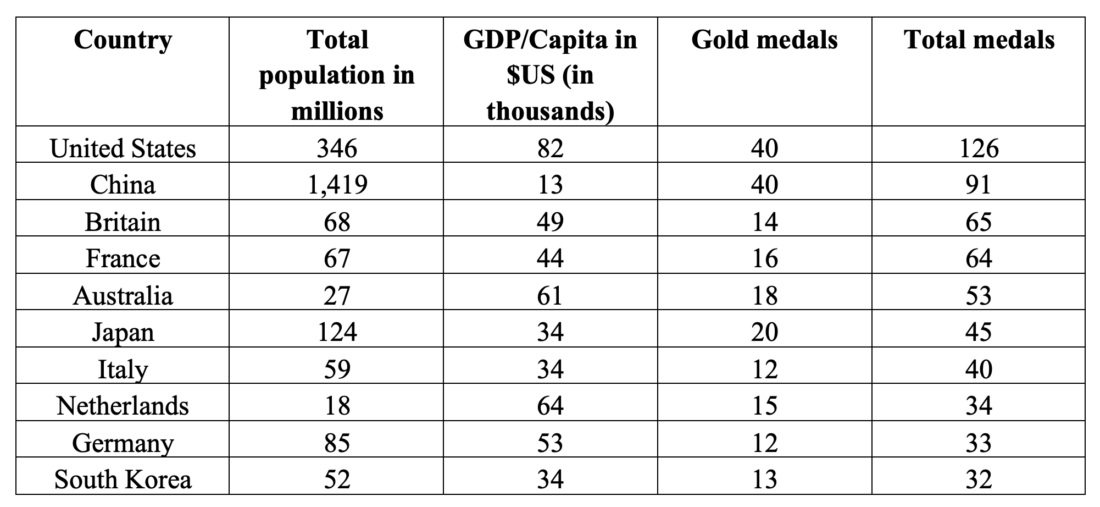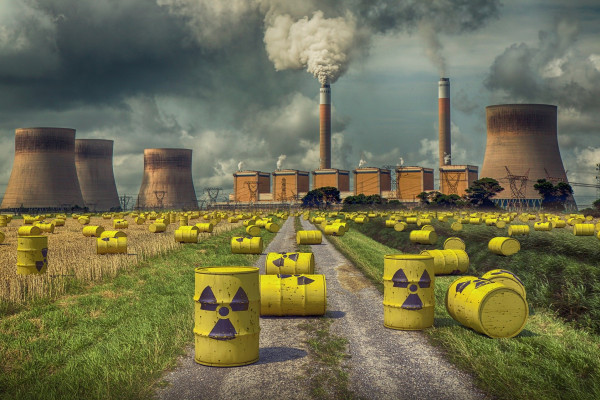 (Source: The Naked Scientists)
(Source: The Naked Scientists)
I started last week’s blog with the following two sentences:
The last few blogs have alternated between descriptions of AI—with its environmental impacts—and the upcoming elections. On a more abstract level, both issues represent key features of our reality: the elections are part of the short term and AI is longer term.
My emphasis was on the role of AI in the recent Nobel Prizes in Physics and Chemistry. Since election day (November 5th) is getting closer and outcome predictions have become indistinguishable from guesses, the link between long term and short term can appear to be cyclical.
This blog focuses again on the link between the energy cost of AI that was raised by Sonya Landau’s question (see the September 10th blog) and the coming elections. The October 8th blog mentions the recent developments needed to satisfy the huge amounts of energy needed for AI. Microsoft is now resurrecting the infamous Three Mile Island nuclear reactor to help satisfy the power need and it’s not alone. Google is following the same track:
Google is the latest big player in artificial intelligence that will turn to nuclear power as a means of meeting the heavy energy needs of data centers.
The company has reached an agreement with Kairos Power that will provide “a path to deploy a U.S. fleet of advanced nuclear-power projects” amounting to 500 megawatts by 2035.
Kairos Power plans to develop, construct and run multiple nuclear-reactor plants through purchase-power agreements. The company, which is headquartered in Alameda, Calif., expects its initial deployment in 2030 as it works to power Google data centers.
The trend has now become visible in the stock market return as well:
Nvidia shares gained 145 percent this year through September, compared with 208 percent for Vistra. Another utility, Constellation Energy, the largest nuclear power operator in the United States, follows close behind, with a return of 122 percent.
When I wrote about the Microsoft deal on Three Mile Island, I also wrote about my personal reluctance to rely on nuclear power to satisfy an increased need for electric power. My reasoning had to do with the potential for a major increase in global nuclear power to also increase the spread of nuclear technology for military use. I wrote in that blog that the additional threat of a major increase in long-lasting nuclear waste is one that can be controlled. Apparently, I was wrong.
In the past, I had direct involvement in the treatment of nuclear waste. I described this involvement in a previous blog titled “Playing for a Better Future” (January 17, 2017):
A few days ago I revisited the nuclear waste issue when I watched a PBS program. Most of the material was familiar however I almost fainted when I heard about an aspect about which I was totally ignorant – WIPP (Waste Isolation Pilot Plant). There is a site in Carlsbad, New Mexico that already has a license to store radioactive waste provided that one “minor” condition is fulfilled: Markers should be placed there that will be functional 10,000 years from now to warn whatever civilization may come next not to trespass on the site due to the risk of exposure to the deadly radiation. A large, multidisciplinary group was assembled there to try to figure out what kind of civilization will be around then so as to tailor make said warnings. We are already spending big money on a distant future 10,000 years from now to warn our descendants or extraterrestrials of damage that we are inflicting now. It’s not out of line to broaden the scope for damage that most of us consider existential within the lifespan of our grandchildren.
To put it into perspective, January 17, 2017 was three days before the inauguration of President Trump. That blog summarized my understanding at that time that the issue was “solved.” As I said, I was wrong.
A recent revisit of the issue led me to an article in a Texas local paper with the following highlight:
The U.S. Supreme Court has agreed to take up a yearslong dispute over a plan to ship highly radioactive nuclear waste to rural West Texas, a case that could have sweeping implications for how the nation deals with a growing stockpile of waste generated by nuclear power plants.
A company called Interim Storage Partners has long pursued the plan to move “high-level” nuclear waste from power plants across the nation to an existing nuclear waste storage facility in Andrews County, on the Texas-New Mexico border.
Last year, in a Texas-led lawsuit, a federal court blocked the plan and threw out Interim Storage Partners’s federal license to handle the waste. A federal appeals court upheld the decision earlier this year, but the company and the Nuclear Regulatory Commission urged the Supreme Court to reconsider the ruling.
The high court agreed to take up the case on Friday, Oct. 4., allotting one hour for oral arguments at a later date. The court also consolidated a related challenge from the waste company into the Texas case.
The composition of the Supreme Court now is the product of Trump’s 1st presidency (he nominated three of the judges). A valid question is how Trump’s win in November would impact the Supreme Court ruling and what the federal government’s position on the issue would be.
The topic at hand here is not only nuclear waste, but it also extends to all regulatory climate policies. California started an effort to create “Trump proof” regulations, based on what was learned from Trump’s 1st presidency. I have no idea if these contingency plans already include long-term storage for nuclear waste; there is very little time until January 20th so if not, they should start on it now.
California officials have been working for months on a plan to “Trump proof” the state’s leading edge environmental and climate policies, in the event that former President Donald J. Trump returns to White House and follows through on his promise to gut them.
Whether California succeeds could affect more than a dozen other states that follow its emissions rules, and could have global impact because the state’s market muscle compels auto makers and other companies to conform to California standards.
The strategy now being crafted in Sacramento includes lawsuits designed to reach wide-ranging settlements with industries that generate greenhouse gases, and new rules and laws that rely on state authority and would be beyond the reach of the administration.
State-of-the-art nuclear waste management toward the end of the 20th century was discussed in the symposium below (You can read the full proceedings here):
Scientific Basis for Nuclear Waste Management XVI
Symposium held November 30-December 4, 1992,
Boston, Massachusetts, U.S.A.
EDITORS:
C.G. Interrante
U.S. Nuclear Regulatory Commission
Washington, DC, U.S.A.
R,T. Pabalan
CNWRA, Southwest Research Institute
San Antonio, Texas, U.S.A.
IMTRISI
MATERIALS RESEARCH SOCIETY
Pittsburgh, Pennsylvania
My group’s contribution, in collaboration with a local DOE scientist (Albert Kruger), was part of this symposium:
In-Situ Electrochemical Characterization of Grouted Radioactive Waste 291. Albert A. Kruger, Jingyan Gu, and Micha Tomkiewicz.
Recently, a new concept has started to emerge: micro and nano nuclear reactors that could be spread everywhere. While there is a lot of excitement over this technology, most articles don’t mention the nuclear waste these reactors put out. There are, however, some studies that look into it:
Argonne releases small modular reactor waste analysis report | Argonne National Laboratory
Micro Nuclear Reactors Can Help Solve the Climate Crisis – Bradley Newsad |Lewis & Clark Law School
Mini nuclear power stations may produce more waste than large ones |NewScientist
In Charts: Will small modular reactors drive nuclear growth in 2024? | SustainableViews
The French government has apparently invested heavily in the technology, so stay tuned to see what happens.

 (Source:
(Source: 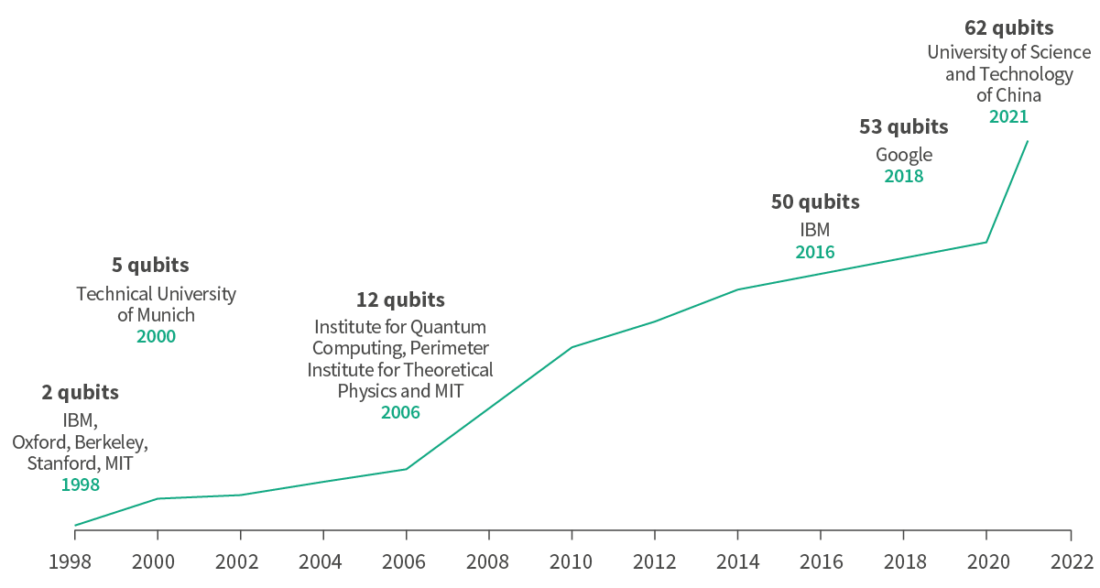
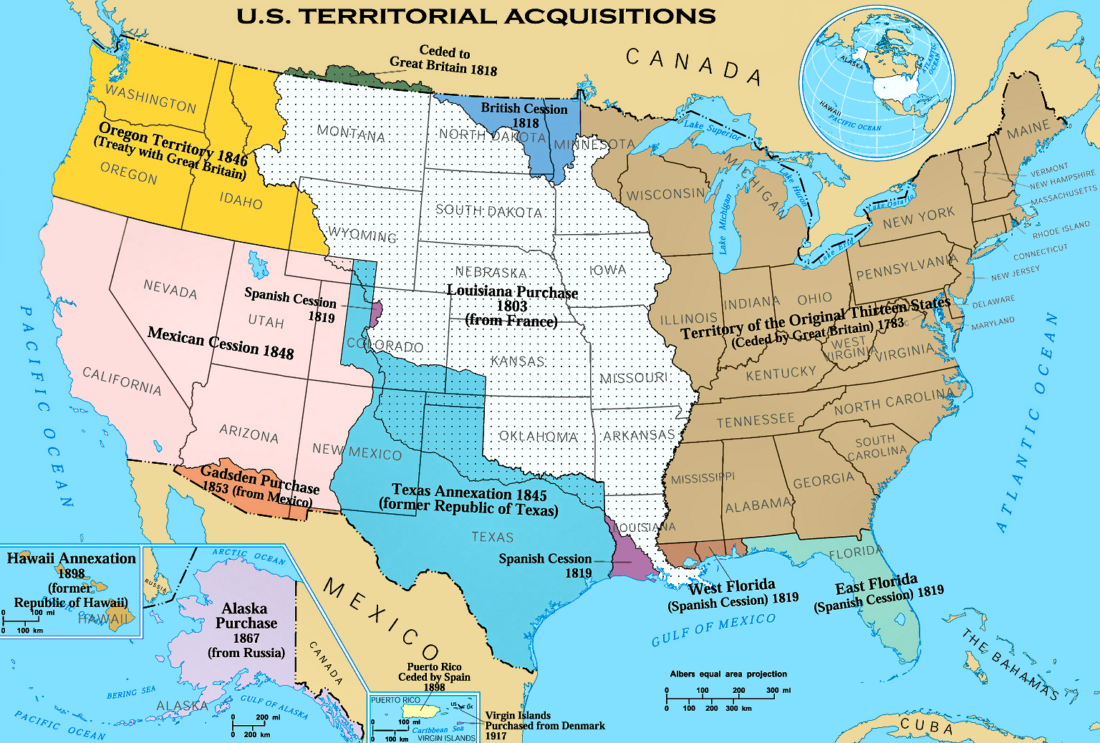
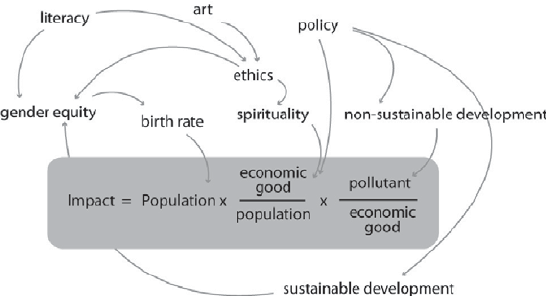

 (Source:
(Source: 